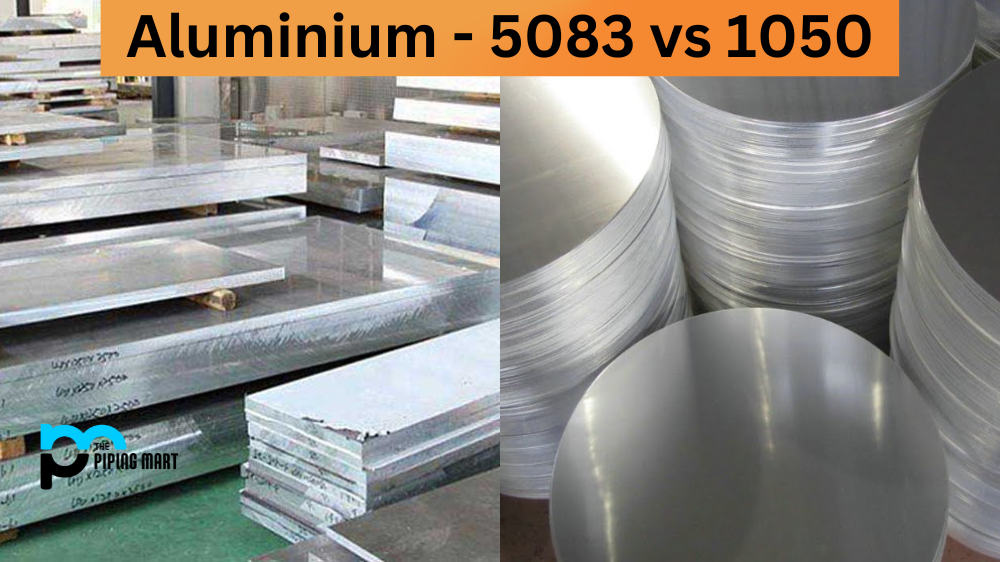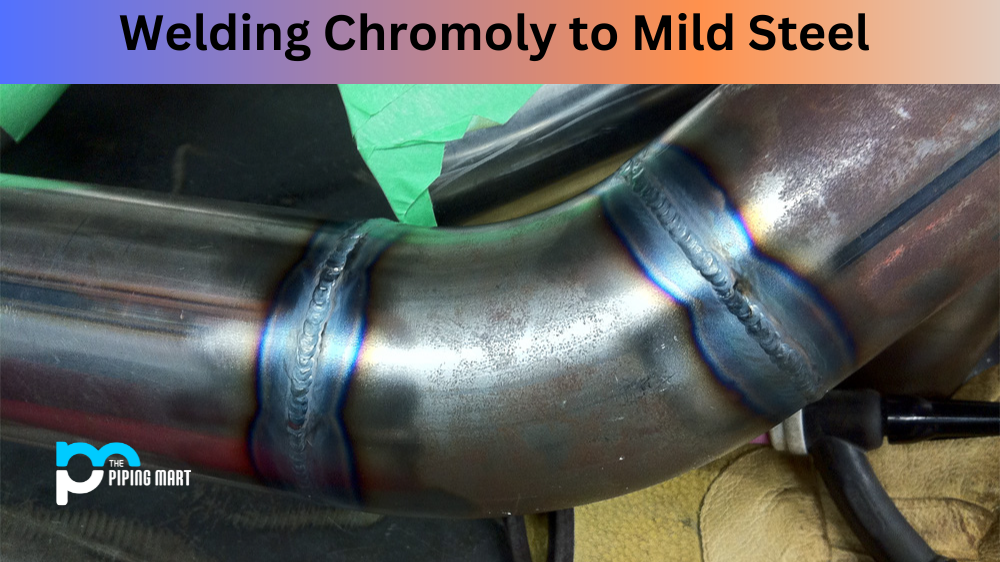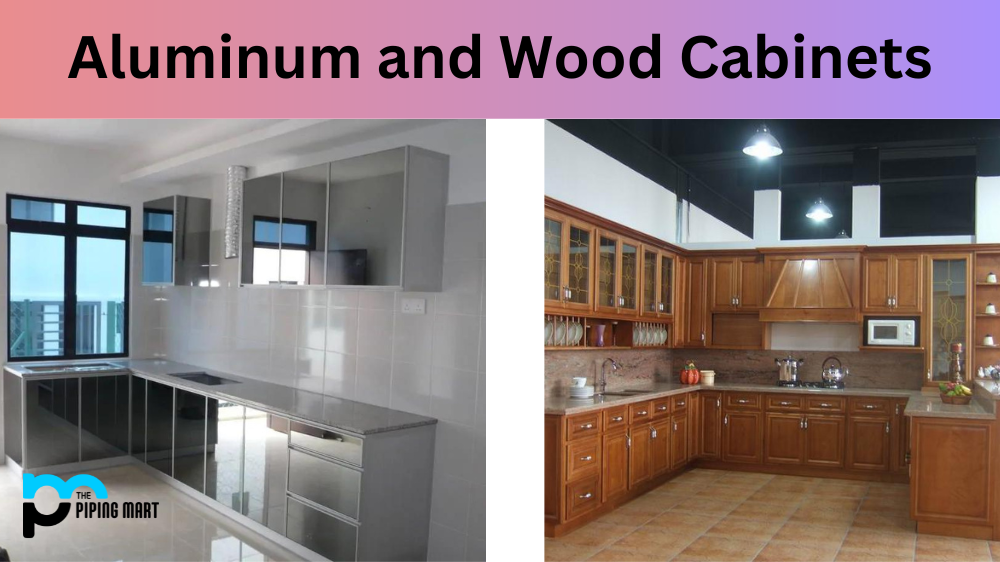Aluminium is a very popular metal because of its versatility, lightweight, resistance to corrosion, and other desirable properties. But different types of aluminium alloys have different properties that make them suitable for different applications. Today, we will discuss two such alloys: the 5083 and 1050 aluminium alloys. So, which one is better for your application? Let’s dive deep into this battle of Aluminium 5083 vs 1050.
Difference Between Aluminium 5083 and 1050
Composition
5083 and 1050 aluminium alloys are part of the aluminium-magnesium family and the aluminium-pure aluminium family, respectively. Aluminium 5083 is a high-magnesium alloy composed of 4.0% to 4.9% magnesium, 0.40% manganese, 0.40% iron, 0.10% chromium, and other trace elements. On the other hand, aluminium 1050 is a pure aluminium alloy – containing 99.5% aluminium with trace elements of copper, iron, and silicon. As you can see, these alloys have different compositions that influence their mechanical and physical properties, making them suitable for different applications.
Strength
When it comes to strength, Aluminium 5083 is stronger than 1050. Aluminium 5083 has a high strength-to-density ratio, which makes it resistant to deformation under stress. On the contrary, Aluminium 1050 has a lower strength-to-density ratio, making it more malleable than 5083. As a result, Aluminium 5083 is used in high-stress applications such as marine, aerospace, and automotive industries. In contrast, 1050 is used in products that do not require high strength, such as cookware, lamp reflectors, and signage.
Corrosion Resistance
Both Aluminium 5083 and 1050 are known for their corrosion resistance. However, Aluminium 5083 is more corrosion-resistant than 1050 because of its composition. The magnesium content in Aluminium 5083 makes it highly resistant to seawater and marine environment – making it the ideal choice for the marine industry. Aluminium 1050, on the other hand, cannot withstand harsh environments, such as seawater. Therefore, Aluminium 1050 is typically used in indoor applications, while Aluminium 5083 is the preferred choice for outdoor applications.
Machinability
Machinability refers to the ease with which a material can be machined or cut. Regarding machinability, Aluminium 5083 is more challenging than Aluminium 1050. Aluminium 5083 is harder, has a higher melting point, and is more difficult to cut or drill, making it more expensive. Aluminium 1050, on the other hand, is softer, easier to cut, and less expensive to work with. Therefore, it is widely used in applications that require precision cutting and intricate shapes, such as reflectors, heatsinks, and roofing.
Cost
Finally, the cost is crucial in deciding which alloy to choose. Aluminium 1050 is cheaper than Aluminium 5083 because of its lower strength and resistance to corrosion. Aluminium 5083 is more expensive than 1050 due to its high strength, corrosion resistance, and higher Machining costs. So, depending on your application, you can choose a cheaper Aluminium 1050 or pay a premium for a higher-strength Aluminium 5083.
Conclusion
So, there you have it – the battle of Aluminium 5083 vs 1050 in a nutshell! Although both aluminium alloys have unique properties, they are suitable for different applications. If you are looking for high-strength, resistance to wear and tear applications, Aluminium 5083 is your go-to alloy. At the same time, Aluminium 1050 is perfect for indoor applications that do not require high strength. So, before choosing an aluminium alloy, consider your application’s requirements, including strength, Machining costs, and corrosion resistance – this will ensure that you make an informed decision on what alloy to use and avoid costly mistakes in the long run.

A passionate metal industry expert and blogger. With over 5 years of experience in the field, Palak brings a wealth of knowledge and insight to her writing. Whether discussing the latest trends in the metal industry or sharing tips, she is dedicated to helping others succeed in the metal industry.




